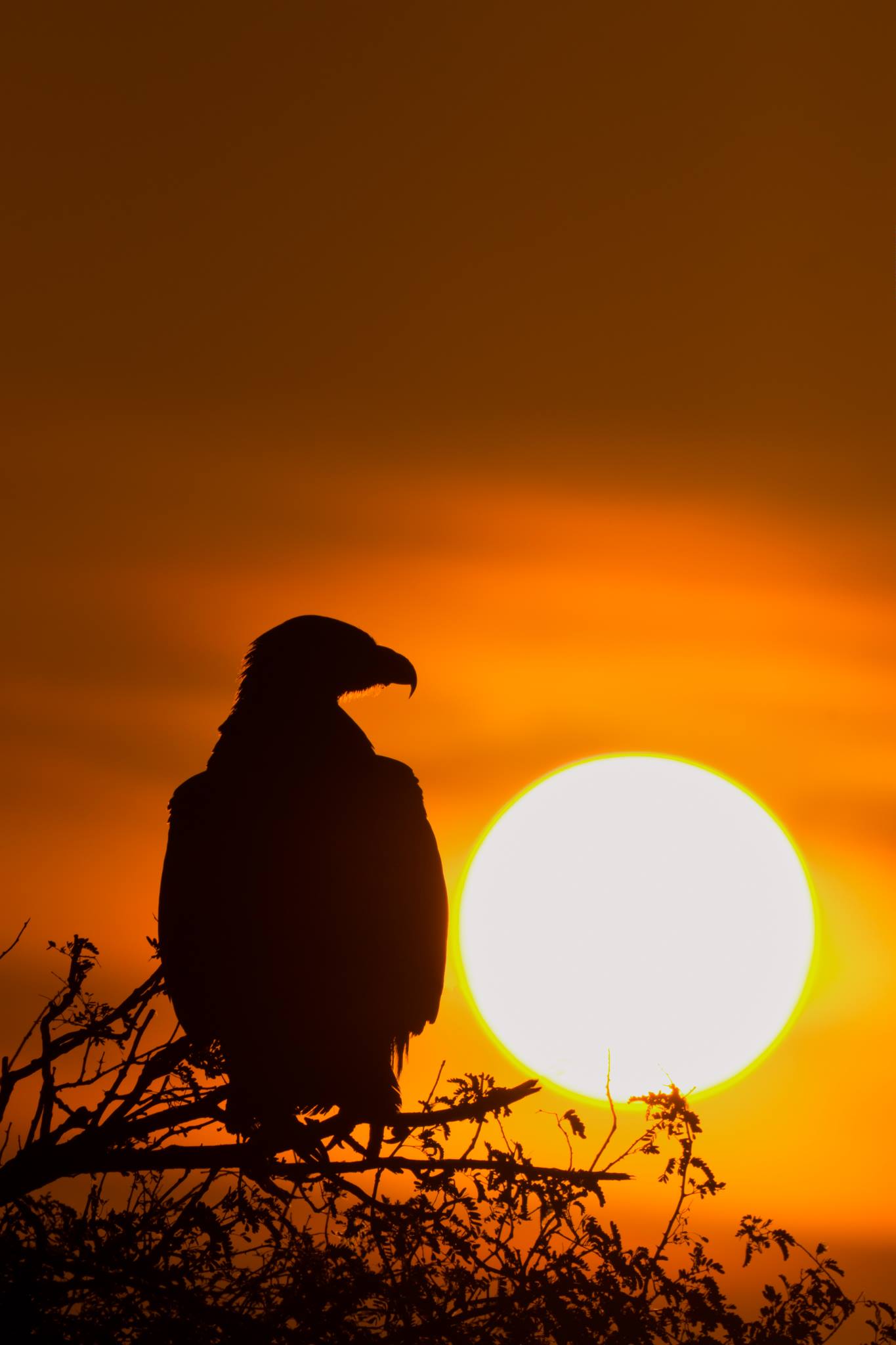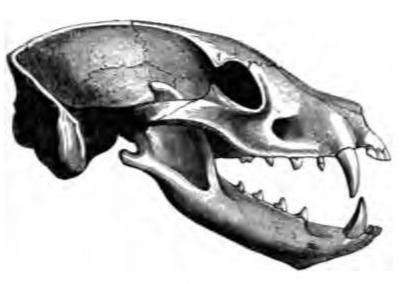|
Cnemaspis Australis
''Cnemaspis australis'', also known as the Southern Travancore day gecko, is a species of gecko endemic to Agasthyamalai Hills of the Southern Western Ghats, in the states of Tamil Nadu and Kerala in South India. It lives in rock boulders and is an evergreen forest dwelling diurnal, insectivorous and oviparous species. This species was previously confused with another gecko Mysore day gecko The Mysore day gecko (''Cnemaspis mysoriensis'') is a species of Diurnality, diurnal gecko endemic to the Bangalore uplands in Karnataka state, South India. It is rock-dwelling and is found in deciduous forest tracts in mid-hills. This species oc ... till a study in 2007 proved it to be a new species. References Cnemaspis Reptiles of India Reptiles described in 2007 {{Cnemaspis-stub ... [...More Info...] [...Related Items...] OR: [Wikipedia] [Google] [Baidu] |
Gecko
Geckos are small, mostly carnivorous lizards that have a wide distribution, found on every continent except Antarctica. Belonging to the infraorder Gekkota, geckos are found in warm climates throughout the world. They range from . Geckos are unique among lizards for their vocalisations, which differ from species to species. Most geckos in the family Gekkonidae use chirping or clicking sounds in their social interactions. Tokay geckos (''Gekko gecko'') are known for their loud mating calls, and some other species are capable of making hissing noises when alarmed or threatened. They are the most species-rich group of lizards, with about 1,500 different species worldwide. All geckos, except species in the family Eublepharidae lack eyelids; instead, the outer surface of the eyeball has a transparent membrane, the cornea. They have a fixed lens within each iris that enlarges in darkness to let in more light. Since they cannot blink, species without eyelids generally l ... [...More Info...] [...Related Items...] OR: [Wikipedia] [Google] [Baidu] |
Agasthyamalai
Agastyaarkoodam is one of the peaks in the Western Ghats of Tirunelveli District of Tamil Nadu, India. This peak is a part of the Agasthyamala Biosphere Reserve which lies on the border between the Indian states of Tamil Nadu, Tirunelveli district and Kerala, Thiruvananthapuram district. The perennial Thamirabarani River originates from the eastern side of the range and flows into the Tirunelveli district of Tamil Nadu. It is 1,868-metres (6,129 ft) tall. Agastyaarkoodam is a pilgrimage centre for devotees of the Hindu sage Agastya, who is considered to be one of the seven rishis (Saptarishi) of Hindu Puranas. In Tamil traditions, Agastya is considered as the father of the Tamil language and the compiler of the first Tamil grammar called Agattiyam or Akattiyam. There is a small stone statue of Agathiyar at the top of the peak and the devotees can offer pujas. Agasthyamala Biosphere Reserve is among 20 new sites added by UNESCO to its World Network of Biosphere Reserves in ... [...More Info...] [...Related Items...] OR: [Wikipedia] [Google] [Baidu] |
Tamil Nadu
Tamil Nadu (; , TN) is a state in southern India. It is the tenth largest Indian state by area and the sixth largest by population. Its capital and largest city is Chennai. Tamil Nadu is the home of the Tamil people, whose Tamil language—one of the longest surviving classical languages in the world—is widely spoken in the state and serves as its official language. The state lies in the southernmost part of the Indian peninsula, and is bordered by the Indian union territory of Puducherry and the states of Kerala, Karnataka, and Andhra Pradesh, as well as an international maritime border with Sri Lanka. It is bounded by the Western Ghats in the west, the Eastern Ghats in the north, the Bay of Bengal in the east, the Gulf of Mannar and Palk Strait to the south-east, and the Indian Ocean in the south. The at-large Tamilakam region that has been inhabited by Tamils was under several regimes, such as the Sangam era rulers of the Chera, Chola, and Pandya c ... [...More Info...] [...Related Items...] OR: [Wikipedia] [Google] [Baidu] |
Kerala
Kerala ( ; ) is a state on the Malabar Coast of India. It was formed on 1 November 1956, following the passage of the States Reorganisation Act, by combining Malayalam-speaking regions of the erstwhile regions of Cochin, Malabar, South Canara, and Thiruvithamkoor. Spread over , Kerala is the 21st largest Indian state by area. It is bordered by Karnataka to the north and northeast, Tamil Nadu to the east and south, and the Lakshadweep Sea to the west. With 33 million inhabitants as per the 2011 census, Kerala is the 13th-largest Indian state by population. It is divided into 14 districts with the capital being Thiruvananthapuram. Malayalam is the most widely spoken language and is also the official language of the state. The Chera dynasty was the first prominent kingdom based in Kerala. The Ay kingdom in the deep south and the Ezhimala kingdom in the north formed the other kingdoms in the early years of the Common Era (CE). The region had been a prominent spice exp ... [...More Info...] [...Related Items...] OR: [Wikipedia] [Google] [Baidu] |
South India
South India, also known as Dakshina Bharata or Peninsular India, consists of the peninsular southern part of India. It encompasses the States and union territories of India, Indian states of Andhra Pradesh, Karnataka, Kerala, Tamil Nadu, and Telangana, as well as the union territory, union territories of Lakshadweep and Puducherry (union territory), Puducherry, comprising 19.31% of India's area () and 20% of India's population. Covering the southern part of the peninsular Deccan Plateau, South India is bounded by the Bay of Bengal in the east, the Arabian Sea in the west and the Indian Ocean in the south. The geography of the region is diverse with two mountain ranges – the Western Ghats, Western and Eastern Ghats – bordering the plateau heartland. The Godavari River, Godavari, Krishna River, Krishna, Kaveri, Tungabhadra River, Tungabhadra, Periyar River, Periyar, Bharathappuzha, Pamba River, Pamba, Thamirabarani River, Thamirabarani, Palar River, Palar, and Vaigai River, Va ... [...More Info...] [...Related Items...] OR: [Wikipedia] [Google] [Baidu] |
Rock Boulders
Rock most often refers to: * Rock (geology), a naturally occurring solid aggregate of minerals or mineraloids * Rock music, a genre of popular music Rock or Rocks may also refer to: Places United Kingdom * Rock, Caerphilly, a location in Wales * Rock, Cornwall, a village in England * Rock, County Tyrone, a village in Northern Ireland * Rock, Devon, a location in England * Rock, Neath Port Talbot, a location in Wales * Rock, Northumberland, a village in England * Rock, Somerset, a location in Wales * Rock, West Sussex, a hamlet in Washington, England * Rock, Worcestershire, a village and civil parish in England United States * Rock, Kansas, an unincorporated community * Rock, Michigan, an unincorporated community * Rock, West Virginia, an unincorporated community * Rock, Rock County, Wisconsin, a town in southern Wisconsin * Rock, Wood County, Wisconsin, a town in central Wisconsin Elsewhere * Corregidor, an island in the Philippines also known as "The Rock" * Jamaica, an isla ... [...More Info...] [...Related Items...] OR: [Wikipedia] [Google] [Baidu] |
Evergreen Forest
An evergreen forest is a forest made up of evergreen trees. They occur across a wide range of climatic zones, and include trees such as conifers and holly in cold climates, eucalyptus, Live oak, acacias, magnolia, and banksia in more temperate zones, and rainforest trees in tropical zones. Species of trees Coniferous temperate evergreen forests are most frequently dominated by species in the families. The trees include: Pinaceae and Cupressaceae. Broadleaf temperate evergreen forests include those in which Fagaceae, such as oaks and ferns are common, those in which Nothofagaceae predominate, and the eucalyptus forests of the Southern Hemisphere. There also are assorted temperate evergreen forests dominated by other families of trees, such as Lauraceae in laurel forest. Regions Temperate evergreen forests, coniferous, broadleaf, and mixed, are found largely in the temperate mid-latitudes of , Siberia, Canada, Australia, Africa, Scandinavia, Indonesia, Malaysia, Amazon and O ... [...More Info...] [...Related Items...] OR: [Wikipedia] [Google] [Baidu] |
Diurnality
Diurnality is a form of plant and animal behavior characterized by activity during daytime, with a period of sleeping or other inactivity at night. The common adjective used for daytime activity is "diurnal". The timing of activity by an animal depends on a variety of environmental factors such as the temperature, the ability to gather food by sight, the risk of predation, and the time of year. Diurnality is a cycle of activity within a 24-hour period; cyclic activities called circadian rhythms are endogenous cycles not dependent on external cues or environmental factors except for a zeitgeber. Animals active during twilight are crepuscular, those active during the night are nocturnal and animals active at sporadic times during both night and day are cathemeral. Plants that open their flowers during the daytime are described as diurnal, while those that bloom during nighttime are nocturnal. The timing of flower opening is often related to the time at which preferred pollinators ar ... [...More Info...] [...Related Items...] OR: [Wikipedia] [Google] [Baidu] |
Insectivorous
A robber fly eating a hoverfly An insectivore is a carnivorous animal or plant that eats insects. An alternative term is entomophage, which can also refer to the human practice of eating insects. The first vertebrate insectivores were amphibians. When they evolved 400 million years ago, the first amphibians were piscivores, with numerous sharp conical teeth, much like a modern crocodile. The same tooth arrangement is however also suited for eating animals with exoskeletons, thus the ability to eat insects is an extension of piscivory. At one time, insectivorous mammals were scientifically classified in an order called Insectivora. This order is now abandoned, as not all insectivorous mammals are closely related. Most of the Insectivora taxa have been reclassified; those that have not yet been reclassified and found to be truly related to each other remain in the order Eulipotyphla. Although individually small, insects exist in enormous numbers. Insects make u ... [...More Info...] [...Related Items...] OR: [Wikipedia] [Google] [Baidu] |
Oviparous
Oviparous animals are animals that lay their eggs, with little or no other embryonic development within the mother. This is the reproductive method of most fish, amphibians, most reptiles, and all pterosaurs, dinosaurs (including birds), and monotremes. In traditional usage, most insects (one being '' Culex pipiens'', or the common house mosquito), molluscs, and arachnids are also described as oviparous. Modes of reproduction The traditional modes of reproduction include oviparity, taken to be the ancestral condition, traditionally where either unfertilised oocytes or fertilised eggs are spawned, and viviparity traditionally including any mechanism where young are born live, or where the development of the young is supported by either parent in or on any part of their body. However, the biologist Thierry Lodé recently divided the traditional category of oviparous reproduction into two modes that he named ovuliparity and (true) oviparity respectively. He distinguis ... [...More Info...] [...Related Items...] OR: [Wikipedia] [Google] [Baidu] |
Mysore Day Gecko
The Mysore day gecko (''Cnemaspis mysoriensis'') is a species of Diurnality, diurnal gecko endemic to the Bangalore uplands in Karnataka state, South India. It is rock-dwelling and is found in deciduous forest tracts in mid-hills. This species occurs in Hosur / Krishnagiri hills of Tamil Nadu and Bangarapet Ramnagara and Tumkur districts in Karnataka state. References Cnemaspis Endemic fauna of India Reptiles of India Reptiles described in 1853 Taxa named by Thomas C. Jerdon {{Cnemaspis-stub ... [...More Info...] [...Related Items...] OR: [Wikipedia] [Google] [Baidu] |



